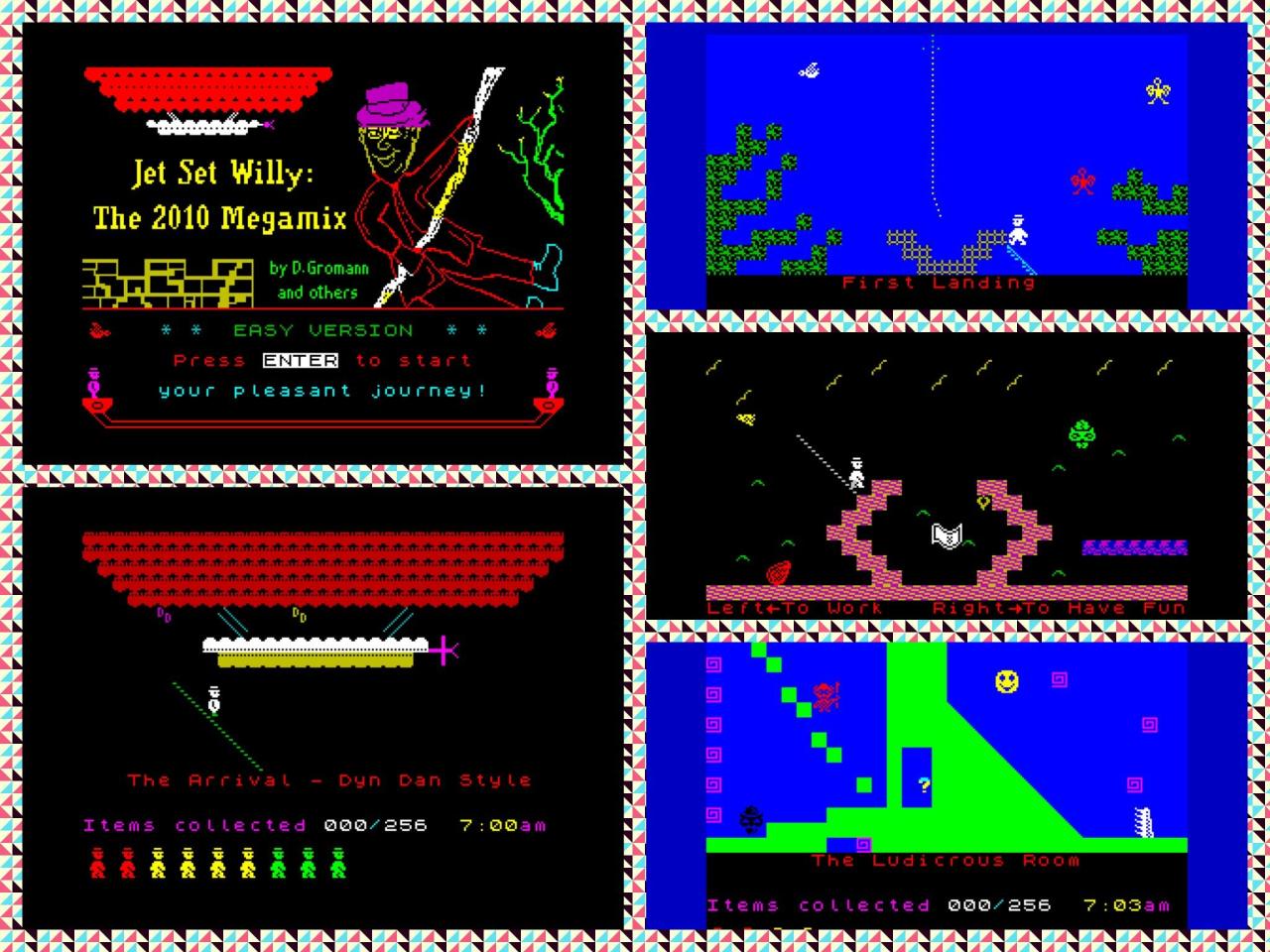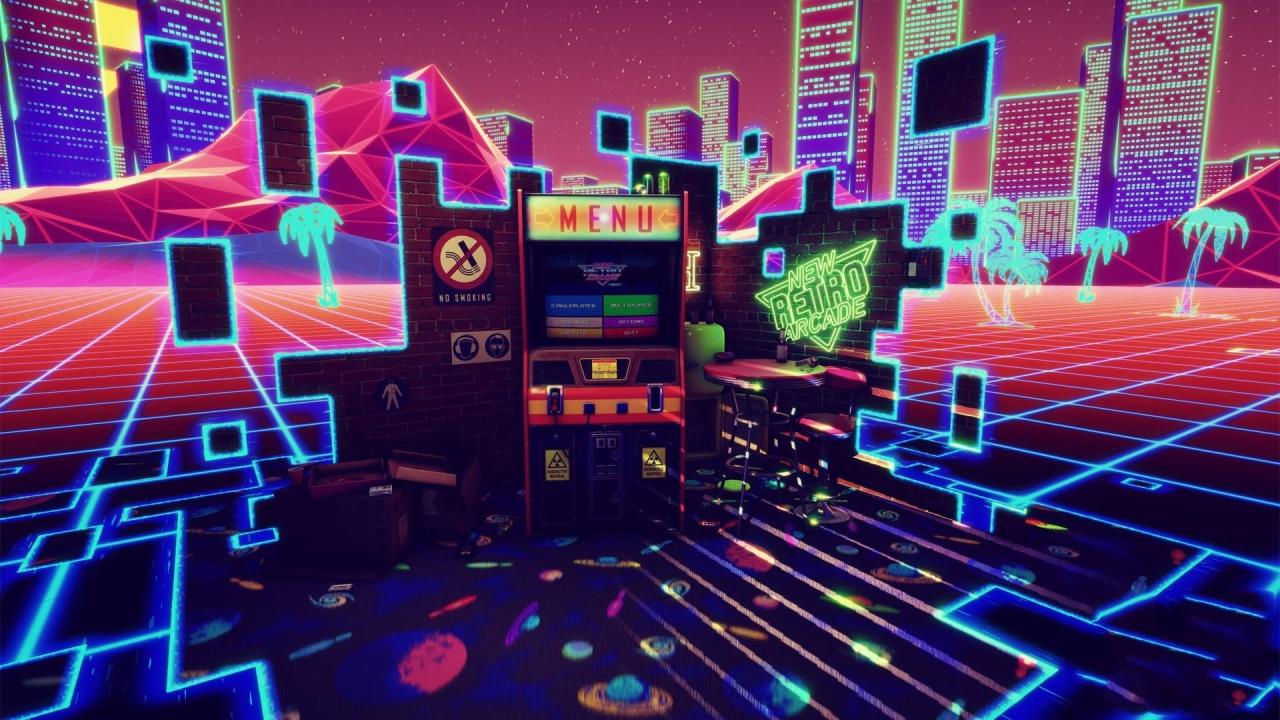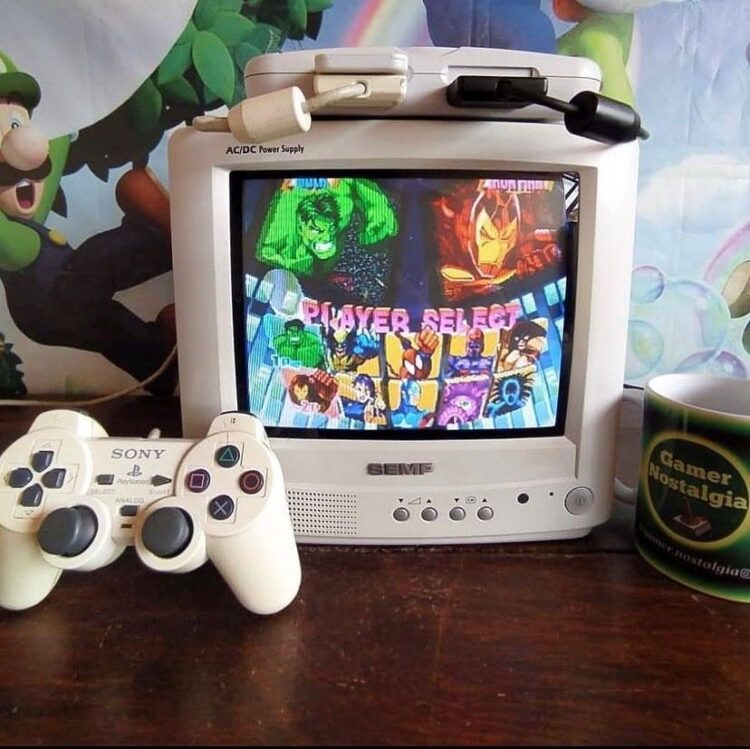In an industry defined by its relentless pursuit of the future—photorealistic graphics, sprawling open worlds, and cloud-based streaming—a powerful countercurrent has not only survived but has surged into a dominant cultural and economic force. Retro gaming, once the niche hobby of dedicated collectors, has exploded into a mainstream renaissance. This is not merely a fleeting trend fueled by nostalgia; it’s a profound and enduring movement that speaks to the very soul of interactive entertainment. As of 2025, the pixelated ghosts of the past are not just haunting the present; they are actively shaping it.
This phenomenon is far more complex than simply replaying old favorites. It’s a multifaceted ecosystem encompassing dedicated hardware, digital marketplaces, a booming collector’s market, and a deep cultural influence on modern game design, music, and art. Why are gamers, both new and old, increasingly turning to the 8-bit, 16-bit, and 32-bit eras? What are the economic forces driving the value of classic cartridges to astonishing new heights?
This comprehensive article explores the anatomy of retro gaming’s modern comeback. We will dissect the powerful psychology of nostalgia that serves as its foundation, map out the diverse modern avenues for playing these classics, analyze the formidable economic engine it has become, and examine its indelible cultural impact on the entire entertainment landscape. This is the definitive story of how the simple joy of pixels conquered the complexities of the modern world.
The Psychology of the Pixels: Why We Crave the Classics
To understand the retro gaming revival, one must first understand the powerful human emotion it taps into: nostalgia. This isn’t just a simple fondness for the past; it’s a complex psychological phenomenon that provides comfort, social connection, and a sense of identity. In an increasingly complex and often isolating digital world, the straightforward nature of classic games offers a powerful psychological anchor.
A. The Simplicity of “Flow State”: Modern games are often massive, demanding hundreds of hours to complete, with complex systems, online requirements, and constant updates. Retro games, in contrast, offer a more direct and accessible experience. Their core design philosophy revolved around clear objectives, intuitive controls, and a challenging but fair difficulty curve. This design allows players to quickly enter a “flow state”—a state of complete immersion and energized focus in an activity. The immediate feedback loop of “learn, fail, overcome” is incredibly satisfying and provides a sense of mastery that can feel diluted in the vastness of modern titles.
B. Generational Connection and Shared Experience: For many, video games were a cornerstone of childhood social life. The memories are not just of the game itself, but of playing with siblings on a living room floor, trading cartridges with friends, or debating secret codes on the school playground. Playing these games today reignites those powerful feelings of connection and community. Furthermore, it has become a cross-generational bridge. Parents who grew up with a Super Nintendo are now introducing their children to Super Mario World or The Legend of Zelda: A Link to the Past, creating new shared experiences rooted in the classics they cherish.
C. The Power of “Authentic” Challenge: Retro games were often designed to be difficult. With no in-game tutorials, regenerating health, or microtransactions to ease the way, victory was earned through skill, pattern recognition, and perseverance. This unforgiving nature creates a genuine sense of accomplishment that is profoundly rewarding. In 2025, where many experiences are curated for convenience, the raw, unfiltered challenge of a game like Contra or Mega Man 2 feels authentic and deeply gratifying. Overcoming that challenge isn’t just winning a game; it’s a testament to one’s own skill and dedication.
Modern Access: How the Past is Played Today

The resurgence of retro gaming has been massively enabled by its increased accessibility. The days of needing original, often temperamental, hardware are over. Today, a vast and diverse ecosystem allows anyone to dive into the classics, catering to every level of dedication and budget.
A. Official Channels and Curated Libraries: Console manufacturers have recognized the immense value of their back catalogs. Services like Nintendo Switch Online, with its curated libraries of NES, SNES, and N64 titles, have become a key selling point for their hardware. Similarly, Sony’s PlayStation Plus Classics Catalog offers a treasure trove of titles from the PS1, PS2, and PSP eras. These subscription services provide a legal, convenient, and affordable entry point for casual fans, ensuring the games run smoothly on modern displays.
B. The Rise of “Mini” Consoles and Re-releases: The trend, kickstarted years ago by the NES and SNES Classic Editions, continues to be a popular way to celebrate gaming history. These miniature, plug-and-play versions of classic consoles come pre-loaded with a selection of iconic games, offering a tangible piece of nostalgia that is both a collector’s item and a fully functional gaming device. Beyond these, we see a constant stream of high-definition remasters and full-blown remakes of classic titles, such as the critically acclaimed remake of Resident Evil 4 or the Metroid Prime remaster, introducing these masterpieces to a new generation with modern quality-of-life improvements.
C. The Emulation and FPGA Scene: For the dedicated purist, the emulation community remains a vibrant and essential part of retro gaming. Emulation software allows classic games to be played on a wide array of devices, from PCs and smartphones to dedicated handhelds. This community is also at the forefront of game preservation, archiving titles that might otherwise be lost to time.
A step beyond software emulation is the world of FPGA (Field-Programmable Gate Array) hardware. Companies like Analogue produce high-end consoles like the Pocket and Duo that replicate the original hardware at a circuit level. This provides an almost flawless, lag-free experience that is indistinguishable from playing on the original console, but with the convenience of modern HDMI outputs and save states. It represents the pinnacle of retro gaming for those who demand absolute authenticity.
The Billion-Dollar Attic: Retro Gaming’s Economic Power
What was once considered obsolete technology is now the foundation of a booming, multi-billion dollar secondary market. The economics of retro gaming have transformed old cartridges from dusty relics into legitimate alternative assets, rivaling collectibles like comic books and trading cards.
A. The Collector’s Market and Game Grading: The market for original, sealed, and mint-condition retro games has exploded. High-profile auction sales, where copies of Super Mario 64 or The Legend of Zelda sell for hundreds of thousands, or even millions, of dollars, have drawn significant attention. This has been fueled by the rise of professional grading services like WATA and VGA, which authenticate and encase games in protective slabs, assigning them a numerical grade. This “slabbing” phenomenon has brought speculators and investors into the market, driving prices to unprecedented levels and creating a tangible, graded asset class.
B. The Boutique Publishing Boom: A fascinating sub-economy has emerged to cater to the demand for physical media in a digital age. Boutique publishers like Limited Run Games, Super Rare Games, and iam8bit partner with developers to release physical editions of beloved digital-only indie games, many of which are heavily inspired by the retro aesthetic. These releases are produced in limited quantities, instantly turning them into collector’s items. They often come with feelies—physical extras like manuals, soundtracks, and art cards—that evoke the golden age of game packaging, creating a premium product for dedicated fans.
C. Merchandise and Brand Power: The iconography of retro gaming is incredibly potent. Characters like Mario, Sonic the Hedgehog, Pac-Man, and Mega Man are globally recognized cultural icons. This brand power fuels a massive market for merchandise, from apparel and toys to high-end art prints and home decor. The simple, bold designs of 8-bit and 16-bit sprites are perfectly suited for modern branding, creating a clean, nostalgic aesthetic that appeals to a wide demographic, further cementing retro gaming’s place in the broader pop culture economy.
Cultural Impact: More Than Just a Game

The influence of the retro era extends far beyond those who actively play the games. Its aesthetic and design principles have permeated modern culture, leaving a lasting mark on video games, music, and film.
A. Influence on Modern Game Design: The indie game development scene is built on the foundation of retro design. Many of today’s most innovative and successful indie titles, such as Shovel Knight, Celeste, or Stardew Valley, utilize pixel art and chiptune music. But the influence is deeper than just aesthetics. They also adopt retro design philosophies: tight controls, challenging gameplay, and a focus on pure, unadulterated fun. This retro-inspired design offers a creative counterpoint to the blockbuster AAA space, proving that compelling gameplay is timeless.
B. The Resurgence of Pixel Art and Chiptune Music: What was once a technical limitation has become a beloved artistic choice. Pixel art is now a respected and vibrant art form, celebrated for its ability to convey a huge amount of character and emotion with a limited palette. Entire communities and careers are dedicated to its creation. Similarly, chiptune music—music created using the sound chips of old computers and consoles—has evolved from game soundtracks into a full-fledged musical genre with its own festivals and dedicated artists who use Game Boys and Commodore 64s as their instruments.
C. Retro Gaming in Film and Television: Hollywood has fully embraced the cultural cachet of retro gaming. Films like Ready Player One and Sonic the Hedgehog, and TV series like Netflix’s Castlevania, are love letters to the classic era of gaming. These properties leverage decades of built-in affection for these characters and worlds, turning nostalgia into box office success. The visual language of classic games—from pixelated title cards to 8-bit sound effects—is now a common shorthand in media to evoke a specific time and feeling.
Conclusion: The Future of the Past
The retro gaming renaissance is a testament to the timeless power of great design. It proves that the core of what makes a game enjoyable—compelling mechanics, a sense of discovery, and the joy of mastery—is not dependent on polygon counts or processing power. In 2025, the movement is stronger than ever, seamlessly integrated into the modern gaming landscape.
The future of the past looks bright. Game preservation efforts are gaining momentum, ensuring these cultural artifacts are not lost. AI-powered upscaling technology is offering new ways to experience these classics on modern 4K and 8K displays with stunning clarity. But ultimately, the enduring appeal of retro gaming lies in its ability to connect us: to our own past, to each other, and to the simple, powerful joy of play. The game is far from over.












